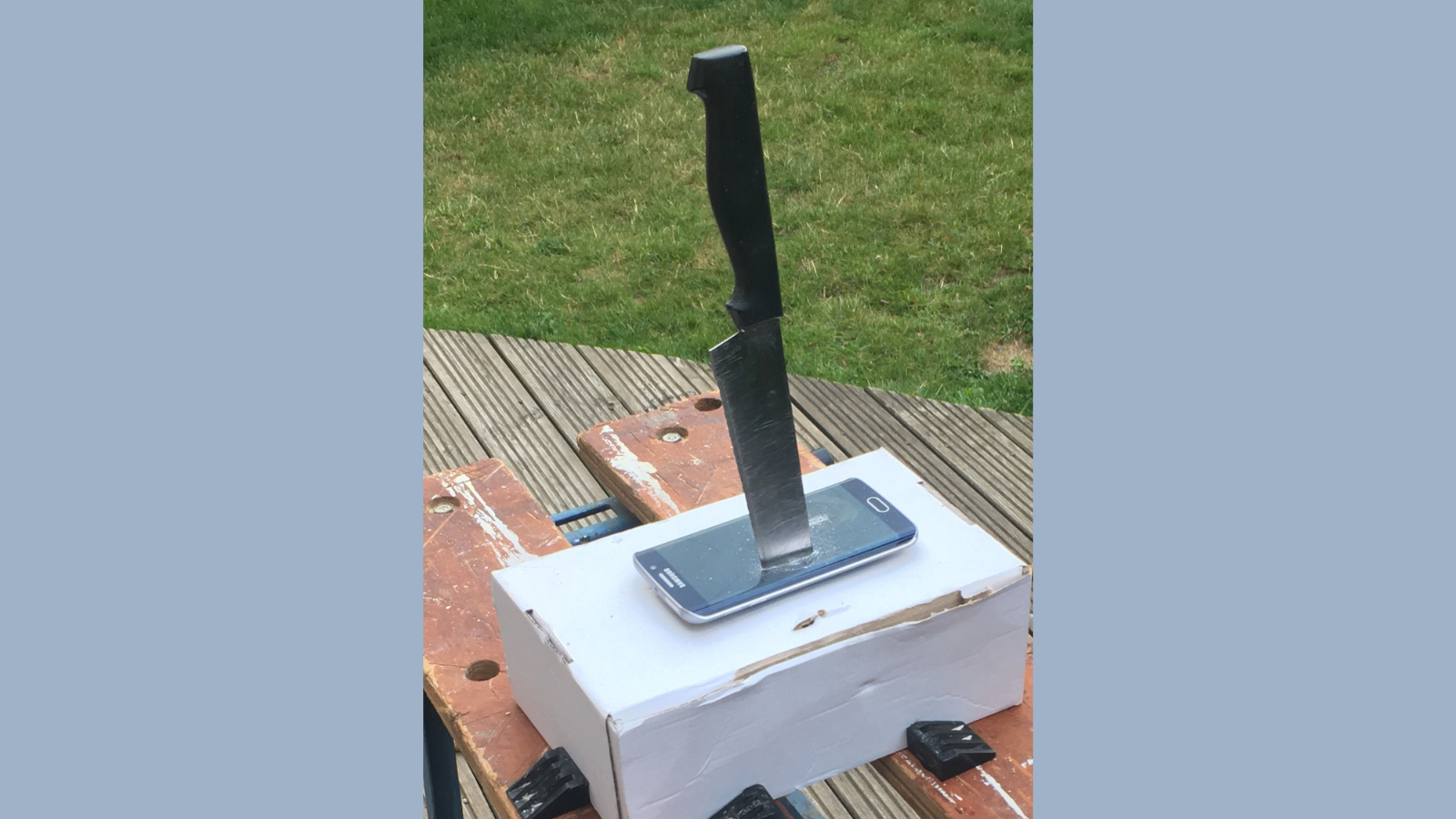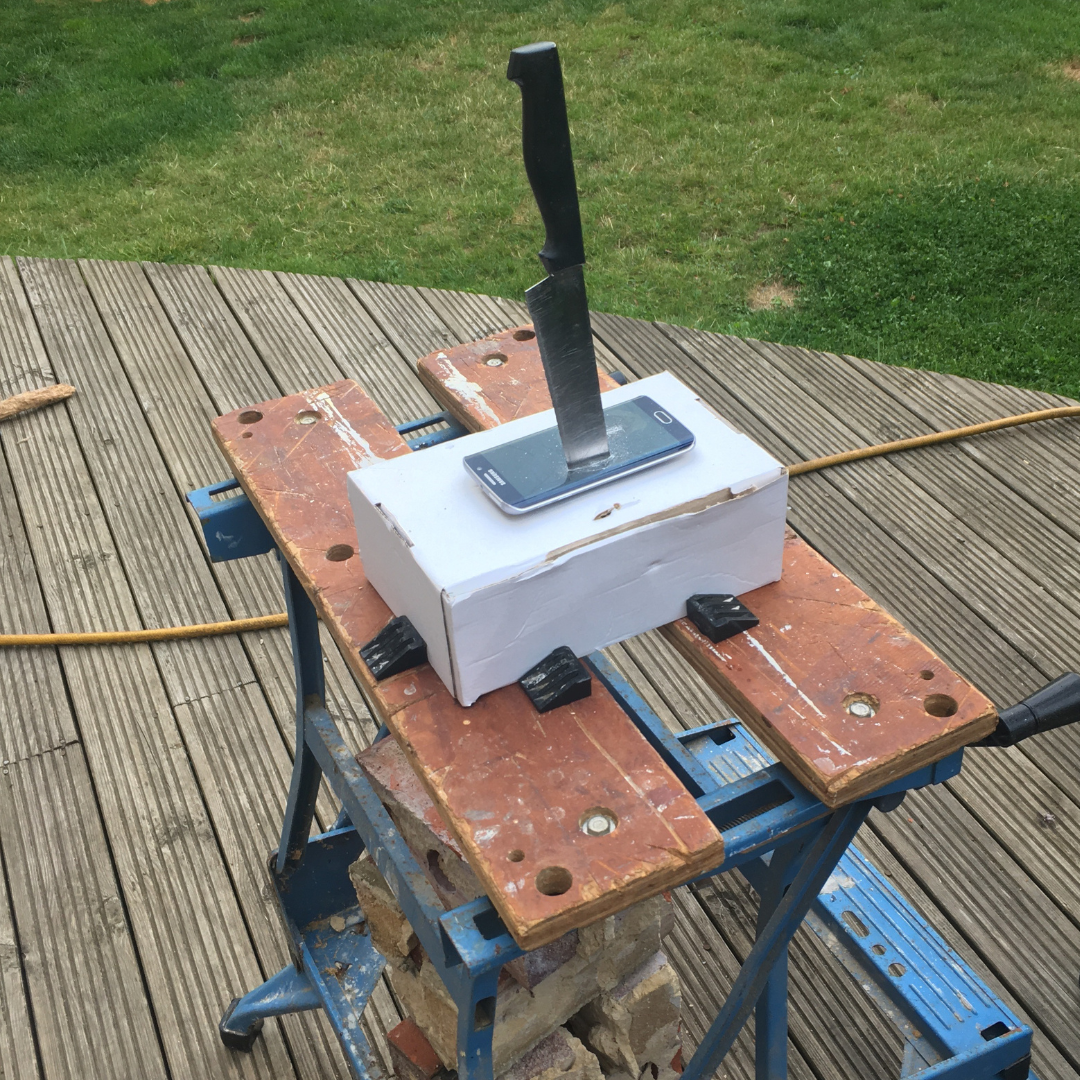
October 05 2023

Connecticut State (USA) defines forensic crime scene reconstruction as, “the process of determining the sequence of events about what occurred during and after a crime.[1]” I used a definition from the USA because it doesn’t exist here in the UK. In fact, as a discipline, it barely exists at all. Even the USA-based International Association of Identification (IAI), who offered certification in crime scene reconstruction, have recently dropped their program through lack of applicants.
When talking about crime scene reconstruction, thoughts may go to bloodstain pattern analysis or firearms ballistics and, although these may be included in a reconstruction, that’s not what it’s about. In fact, it’s not always about crime. Some of the most profound uses of this discipline are to assess how an accident may have happened or whether a product is faulty. In the health and safety world, reconstruction is more commonly found.
Reconstruction in forensic science
The main challenge with reconstruction work is that real world occurrences are ultimately rooted in human actions, and humans have a way of doing things or mixing things up in unusual and unexpected ways. Whereas science runs within defined parameters, humans don’t. Human perception is also an issue; lay people will believe things to be true which are impossible or deny something can happen based on a gut feeling without any analysis, testing or in-depth understanding. However, what may feel like common-sense is not always science sense. If faced with seemingly implausible events or contentious results, one way you can test if something is possible or not is to reconstruct.
Real world testing
The principles of reconstruction might feel like an art, but they are rooted in science. Data is collected and analysed; testing is performed using parameters which are as close to the event as possible. The testing should generate empirical data which can be compared against various theories and outcomes to see what may or may not be viable.
Here are some examples of real-world reconstruction exercises we have conducted:
Not only can reconstruction be used to help unravel the mechanics of an incident, it can also help assess differing versions of events given by witnesses, such as whether or not a broken wine glass would fly stem first if thrown from a distance, or to see if a knife could be stabbed through a phone. In the case of the knife, contrary to expectation, reconstruction work determined that a standard kitchen knife could be relatively easily stabbed through the same type of phone featured in the case. (In preparation for the final tests, a different brand of phone was used, and the knife barely made it through the screen, illustrating the importance of recreating the same conditions when doing this kind of work.)

Could reconstruction help in your case?
Reconstructions are rooted in the physical world through empirical testing rather than theory. Although the approach to each case shares the same scientific principles, each one is unique and customised for that case. For this reason, reconstruction is not something that can be found as a standard discipline in forensic science.
It’s fair to say that reconstruction is not often needed but, for those rare cases, it can help answer critical aspects of an incident, such as whether a death was a suicide or a murder, whether an injury to a baby was an accident or not, or to check the veracity of a witness account who said a mobile phone was thrown through plasterboard. Reconstruction can help test unfounded opinions, outrageous accusations or check the plausibility of the seemingly implausible.
If you have a case that you think may benefit from a reconstruction, please get in touch.
[1] https://portal.ct.gov/DESPP/Division-of-Scientific-Services/_content/Crime-Scene-Reconstruction